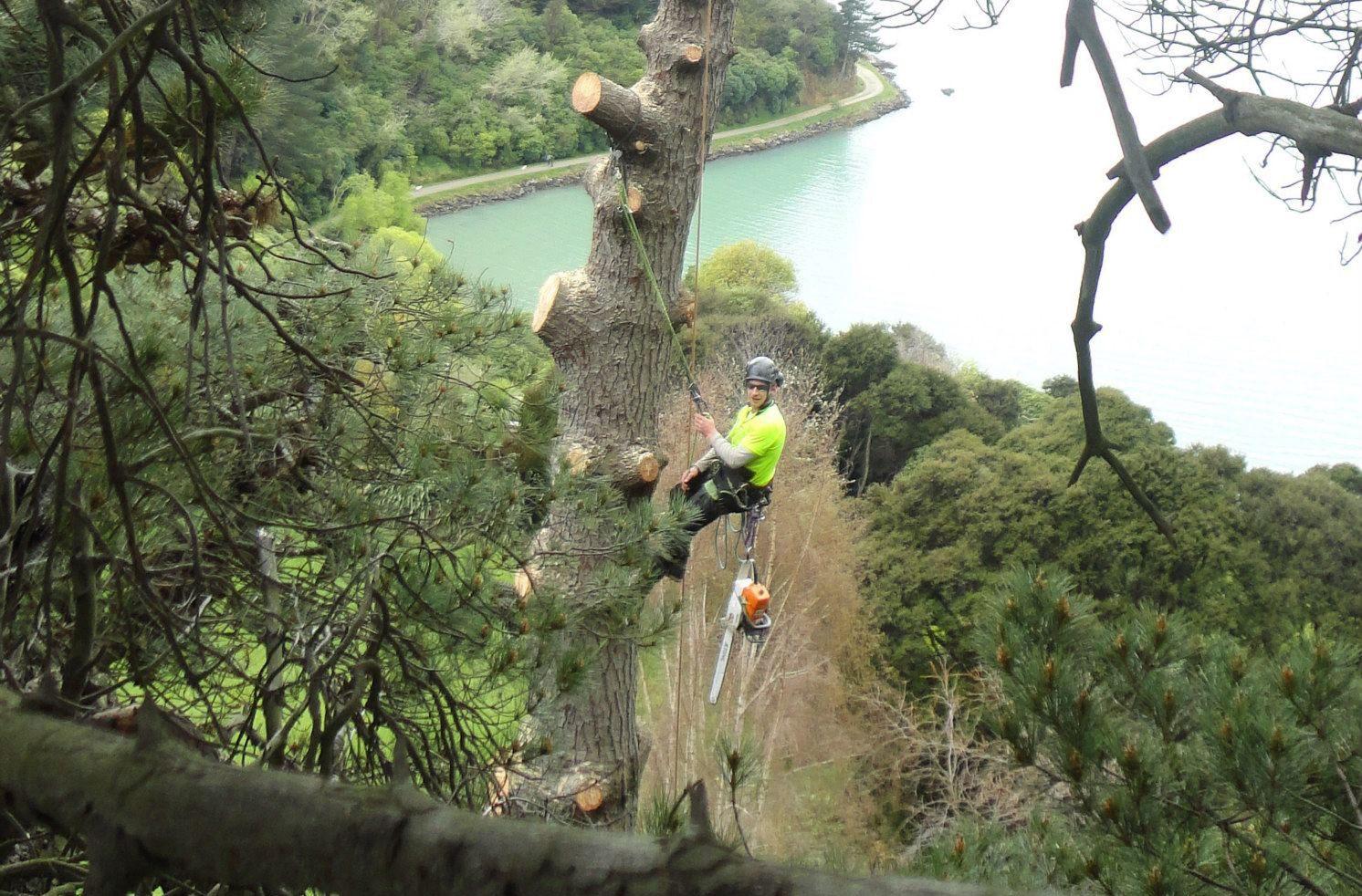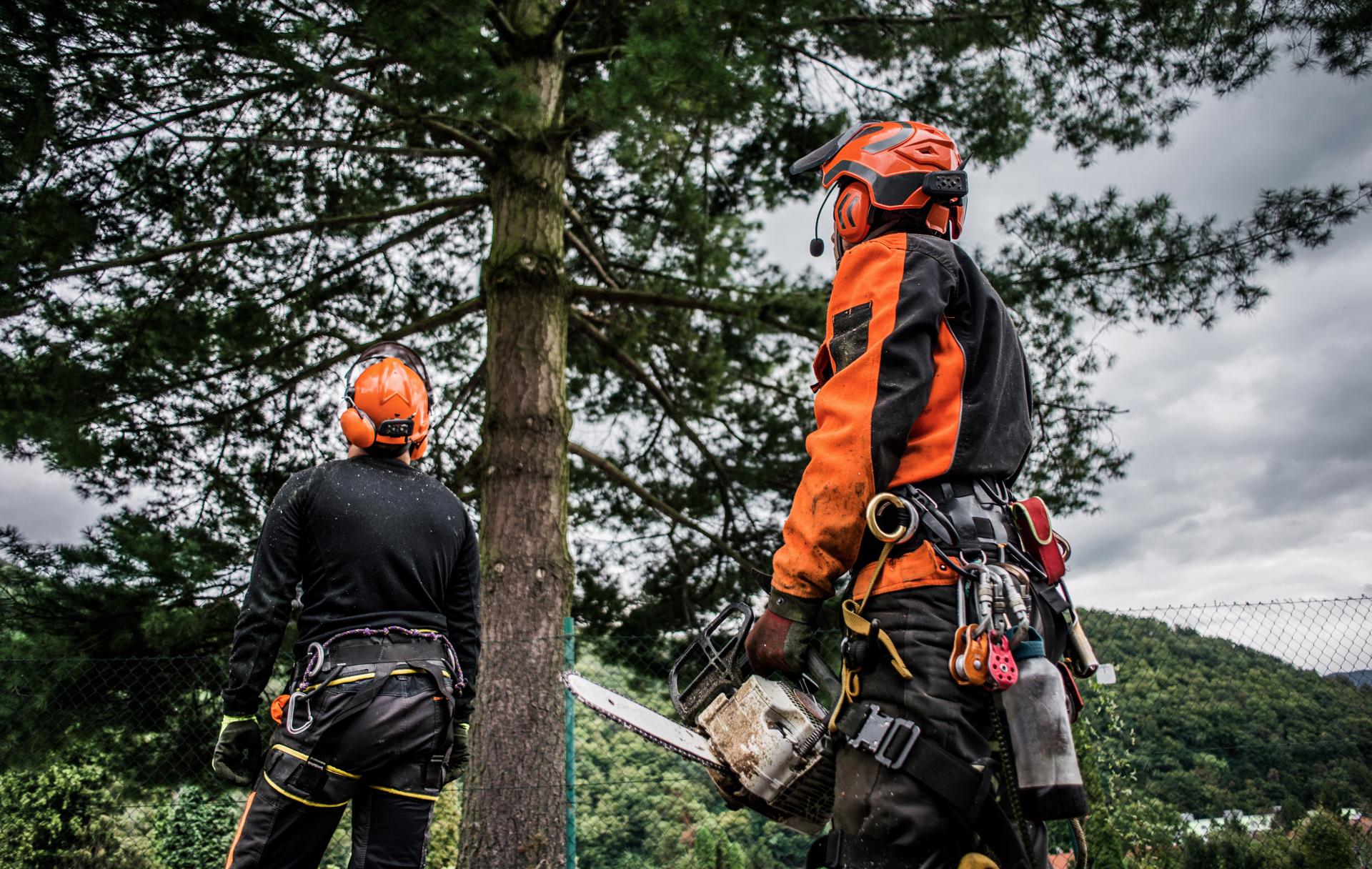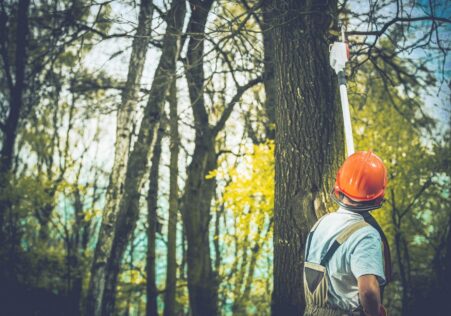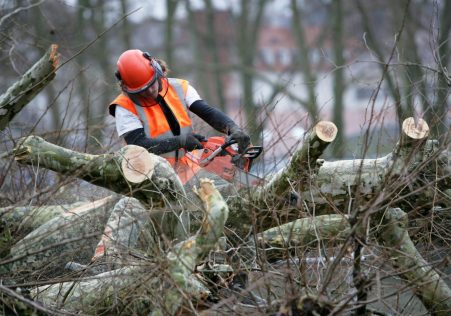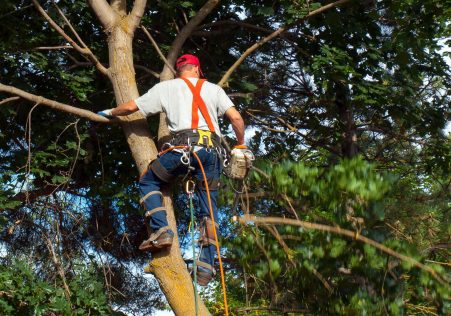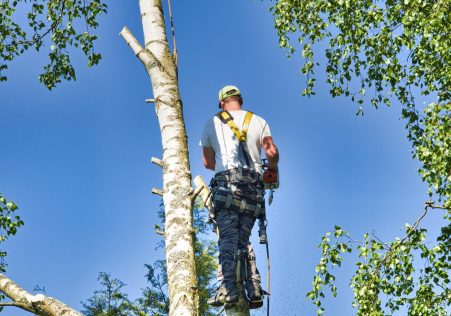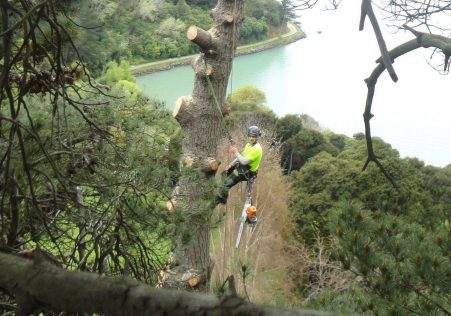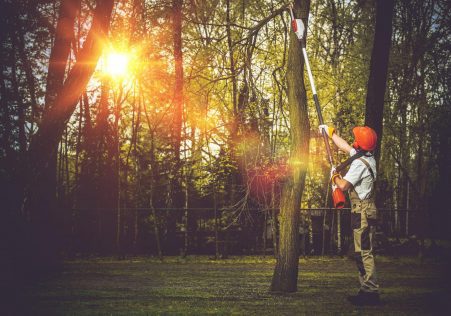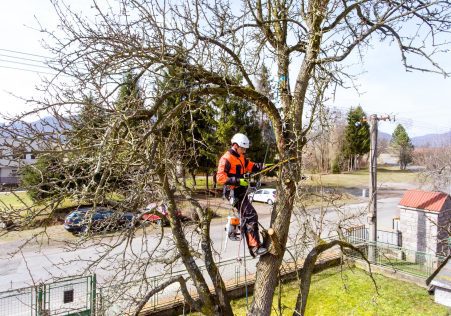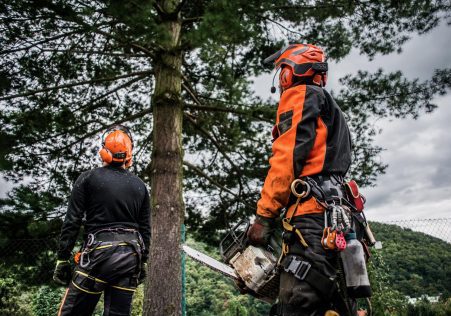An Arborist's Handbook to Tree Cutting Down
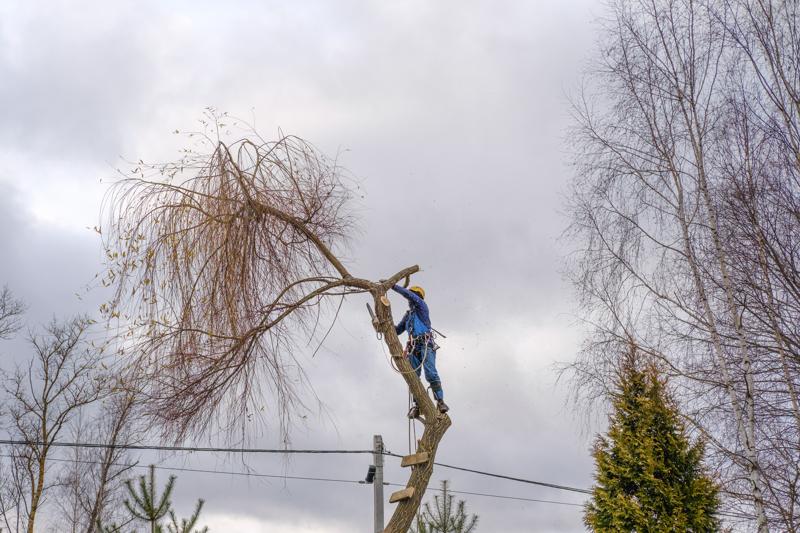
Tree removal can be a complicated and possibly dangerous job. If a tree has died or ill-healthed, or is at risk to fall, the tree might need to be removed to prevent damage to property and make sure that the tree is safe. But how can you tell whether a tree should be removed? We’ll walk you through the warning signs to look out for and help you figure out when it’s time to call the professionals.
Dead or Dying Trees
One of the most evident signs that a plant needs to be removed is when it is dying or dead. Dead trees do not have leaves and may appear dead. If a tree is without leaves or any signs of new growth, it’s probably dead. Additionally, the bark of a dead tree might be dry, cracked or peeling.
Trees that are diseased
Diseased trees can pose a threat to other plants and trees within the vicinity. The most common signs of disease for trees include yellowing leaves, wilted branches, and mushroom growth at the bottom and the top. If you suspect that your tree is suffering from disease it is important to have it examined by a professional arborist.
Leaning Trees
TreesLeaning trees to one side may indicate that the root system is failing and the tree may be at risk of falling. To determine if a leaning tree is a danger, look for cracks or broken areas in the trunk and examine the soil surrounding the base of the tree. If you see any of these signs it is recommended to examine the tree by an arborist.
Overhanging Branches
The branches of overhanging trees that are in close proximity to buildings or power lines can pose a risk to the safety of your property and personal safety. If you are concerned about branches hanging overhanging you should be evaluated by an arborist who can determine whether removal or pruning is needed.
FAQs
How do I know if a tree is dead?
The tree will be considered dead when it lacks leaves and has no evidence of growth. The bark of dead trees may be dry, cracked, or peeling.
What are the signs of a diseased tree?
Common signs of disease in trees include the appearance of yellowing leaves, wilted branches, and the growth of mushrooms at the at the base of the tree.
Is it safe to take down an entire tree on your own?
Tree removal is a complex and potentially dangerous task. It’s best to delegate it to professionals to ensure the safety of yourself and others.
Conclusion
When it comes to tree removal, you need to be able to recognize the indicators that indicate that a tree should be removed. When you’re aware of signs of dead or dying trees, sick trees, tree leaning, and hanging branches and overhanging branches, you can take the necessary steps to protect your property and the people around you. If you suspect that a tree on your property needs to be removed and you are unsure, reach out to Western Sydney Tree Lopping for a professional evaluation. Our arborists are highly skilled and have the expertise and tools to handle all the tree removal requirements. Don’t take any chances with your safety. If you suspect that there is a tree in your yard that should be removed, contact Western Sydney Tree Lopping today for a professional assessment. Our arborists are experienced and can provide you with the security which comes from knowing that your property is in good with us. Call us today by dialing 1300 501 785 to schedule an appointment.

